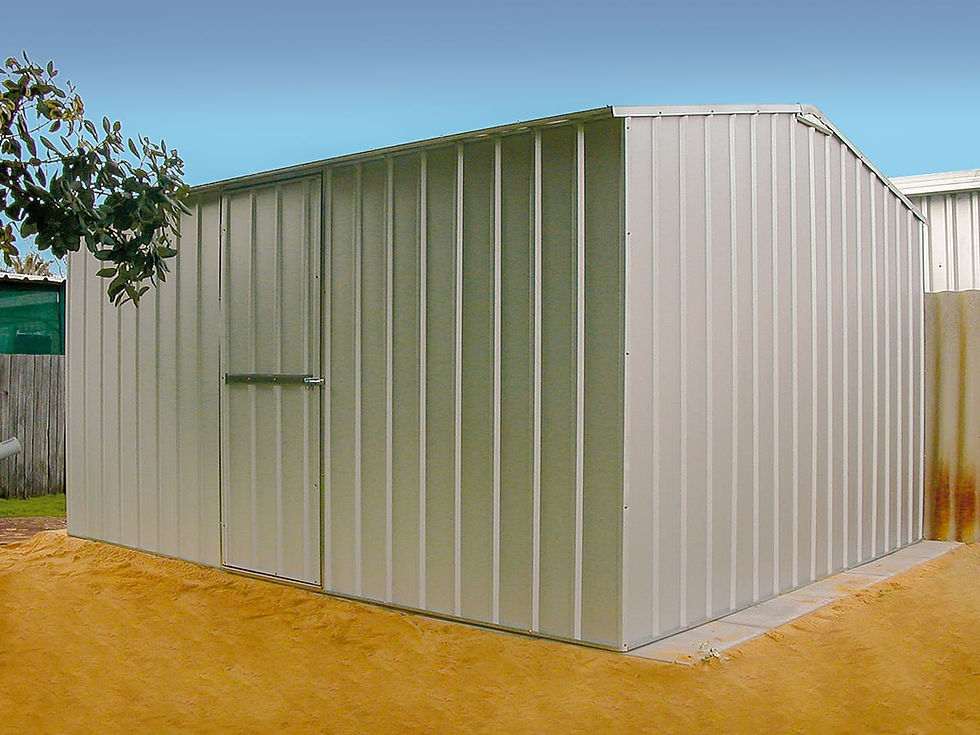Understanding the Different Types of SDS Hammer Drill Bits
- Emma Smith
- May 6, 2024
- 3 min read

Have you ever found yourself amidst the wide selection of hardware tools and wondered, "What does each one do?" More importantly, “Which one is best for my task?" There is always an array of shiny drill bits waiting to fulfil your drilling hunger, making your task easier and efficient. One such dominating tool among professionals and DIY enthusiasts alike is an SDS Hammer Drill Bit. But how much do we really know about it? Let's delve into the realm of SDS hammer drill bits and explore their types, unique features and what sets them apart.
Drilling requires precision, power, and appropriate use of tools. The right drill bit not only accelerates the task but also enhances the quality of work. Because when it really comes down to embracing home improvements and interior designing, understanding your tools is equally crucial as knowing your style and taste. You may have the finest materials and vision, but without the correct tools, you’re set up for an uphill battle.
So, let’s unravel the mystery behind the different types of SDS hammer drill bits, their unique applications, how to determine the right fit, and nurture our passion for home improvements by understanding our tools better. After all, a well-informed DIY enthusiast is more successful in navigating his/her way through the maze of renovation and construction challenges.
What Are SDS Hammer Drill Bits?
Before delving into the types, let’s first comprehend what SDS hammer drill bits are. The term SDS refers to "Slotted Drive System" or "Slot Drive System" and is a type of drill bit used particularly in rotary hammer drills. They are designed for the heavy-duty task of drilling through concrete, brick and stone, providing a dynamic and efficient solution to drilling needs.
SDS bits are held within the drill in a way which makes them less susceptible to the high-frequency beating and rotation they endure while in action. Therefore, they are much more reliable and durable compared to their non-SDS counterparts. And with various types available, each targeting different working requirements, they are the ideal choice for professionals and DIYers alike.
The most commonly encountered types of SDS bits are: SDS-Plus, SDS-Max, and SDS-Quick. Each of these categories has its unique characteristics and applications which we'll profoundly inspect in the coming sections.
Examining the SDS-Plus Hammer Drill Bits
SDS-Plus bits are the most common type among the SDS family, adding versatility to hammer drills. They have grooves on the shanks that securely fit into the chuck of a compatible hammer drill. The beauty of SDS-Plus lies in their ability to withstand high-pressure hammering, making them ideal for drilling through masonry and concrete.
Its design ensures the hammering action is not lost in the chuck, while its relatively compact size allows it to be effective even in tight spaces. Thus, with its balance of power and agility, SDS-Plus is the go-to for most moderate-duty tasks and lightweight applications.
Unleashing the Power: SDS-Max Hammer Drill Bits
If you need even more power, SDS-Max bits are your rescue. With a larger shank than SDS-Plus, these bits deliver heavier blows and are designed to chew through concrete and stone with relative ease. They are designed for larger hammers and more violent applications. Designed with an enhanced core dimension, they are exemplary for larger jobs and heavy-duty tasks typically performed by professionals.
Simplifying Tasks: SDS-Quick Hammer Drill Bits
For those seeking a simpler and quick solution to their drilling needs, an SDS-Quick bit is the answer. The SDS-Quick system does away with a separate chuck and instead allows the tool and accessory to become one, which enhances precision. Furthermore, this system significantly reduces setup times, improving overall drilling efficiency.
Pros and Cons of SDS Hammer Drill Bits
Like any tool, SDS bits also have their bright side and shortcomings. Their larger size and heft can be a bit cumbersome for some users, but they provide incredible power and durability which often outweighs their downsides. Such bits are the key to efficient masonry drilling and other heavy-duty applications but might be overkill for small, everyday tasks.
What to Consider While Choosing Your SDS Hammer Drill Bit
Choosing the right SDS bit largely hinges on the type of task and material at hand. It’s essential to keep in mind the power, accuracy, and efficiency required in your task. Whether you are a DIY enthusiast embarking on a new home improvement project or a professional, matching the right SDS bit with your task is an art, requiring both knowledge and judgement.
Conclusion
Understanding SDS bits, their types, characteristics, and the need they cater to, can certainly up your game in the world of home improvements and design. As we have learnt, each comes with its unique features, implications, and fairly target a set of specific tasks. The choice ultimately boils down to understanding your need, balancing out power and precision, selecting a type that best aligns with the task at hand and material involved.








Comments